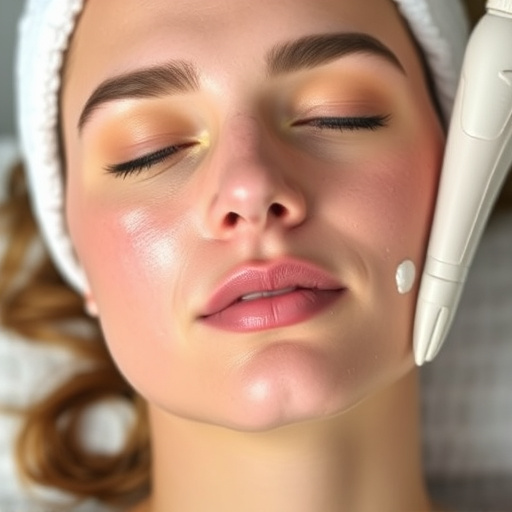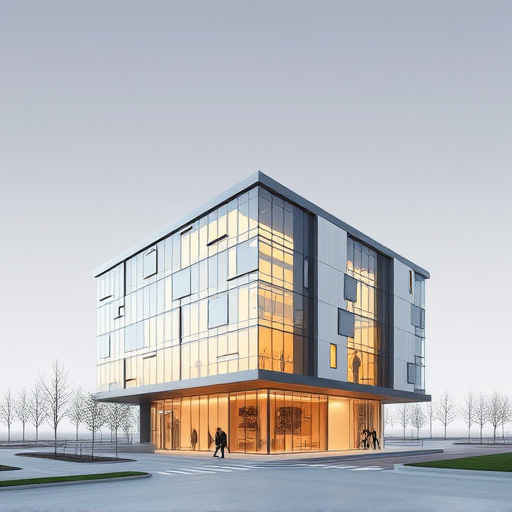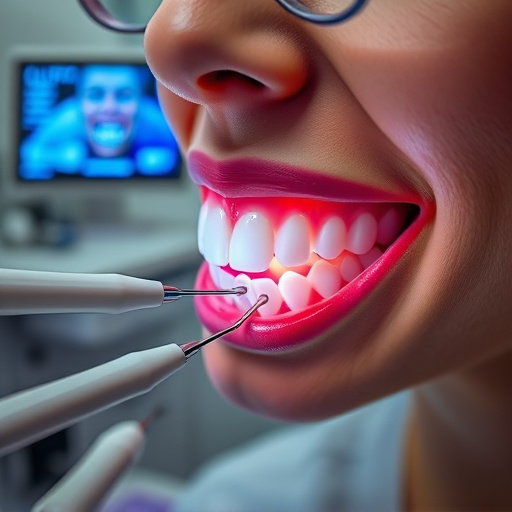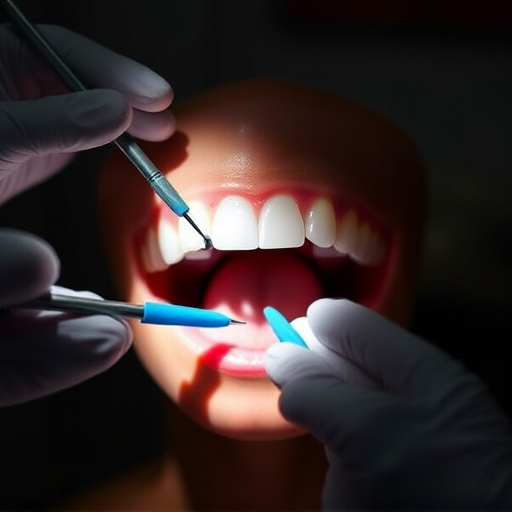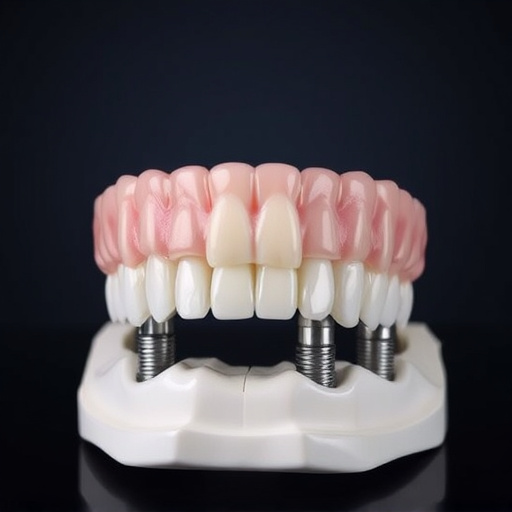Handicap accessible dental offices are designed to provide equal access to oral healthcare services for patients with disabilities. Through adapted facilities, specialized care, and trained staff, these practices accommodate wheelchairs and offer advanced treatments like implants or clear aligners. Prioritizing accessibility enhances patient outcomes, fosters trust, and creates a supportive environment, ensuring no one is left behind in receiving quality dental care.
In today’s inclusive society, ensuring equitable access to dental care for individuals with disabilities is not just a moral imperative but also a practical necessity. Handicap accessible dental services play a pivotal role in promoting oral health and overall well-being among this often-neglected demographic. This article explores the multifaceted aspects of creating welcoming dental spaces, implementing exceptional follow-up care, and building trust to enhance the experience for handicapped patients. Discover how these strategies not only benefit individuals with disabilities but also enrich the dental community as a whole.
- Creating an Inclusive Environment: Handicap Accessible Dental Offices
- – The importance of accessibility in dental care
- – Designing and implementing handicap accessible dental services
Creating an Inclusive Environment: Handicap Accessible Dental Offices

Creating an inclusive environment is a fundamental aspect of providing exceptional care to patients with disabilities. Handicap accessible dental offices play a pivotal role in ensuring that individuals with physical challenges receive the same level of oral healthcare as everyone else. These offices are designed with considerations like wide entryways, ramp access, and lower countertops to accommodate wheelchairs, making navigation effortless for patients with mobility issues. By implementing these adaptations, dental practices can make a significant difference in creating a welcoming atmosphere.
Moreover, beyond physical accessibility, family dentistry that prioritizes inclusivity also offers services tailored to diverse needs. This includes specialized care for those requiring assistance during procedures and advanced treatments like dental implants or clear aligners, catering to both aesthetic and functional goals. Such an inclusive approach ensures that no patient is left behind, fostering a sense of belonging and confidence in the dental care they receive.
– The importance of accessibility in dental care

Accessibility in dental care is no longer a luxury but an essential component of overall health and well-being. For individuals with disabilities or special needs, navigating the dental landscape can often be challenging and intimidating. Providing handicap accessible dental services ensures that everyone, regardless of their physical or cognitive abilities, has equal access to much-needed oral healthcare. This includes adapting dental facilities, employing trained staff, and utilizing specialized equipment to cater to diverse requirements.
In terms of follow-up care, excellent patient aftercare is crucial. It involves maintaining open lines of communication, providing clear instructions, and offering timely support post-treatment. For patients with disabilities, this may include extra assistance during recovery, personalized follow-up appointments, or even remote check-ins to ensure their oral health is maintained effectively. By prioritizing accessibility and comprehensive care, dental practices can foster trust, build a supportive environment, and significantly improve patient outcomes, especially for those who rely on handicap accessible dental services.
– Designing and implementing handicap accessible dental services

Creating a handicap accessible dental service involves thoughtful design and implementation to cater to patients with diverse needs. The first step is to ensure the physical space accommodates wheelchairs, has sufficient clearance for mobility aids, and features easy-to-use hardware such as grab bars and wide doors. This accessibility should extend to all areas of the practice, including examination rooms, treatment chairs, and even waiting areas.
Beyond physical accessibility, a comprehensive handicap accessible dental service includes staff training on how to assist patients with disabilities. This can range from helping them into the chair to providing alternative communication methods for those with speech impairments. Offering various delivery options like mobile dental units or home visits for patients unable to travel is another way to ensure excellent care. Moreover, integrating technology that aids in diagnosis and treatment, such as advanced imaging and adaptive tools, will further enhance services for both handicap accessible dental patients and those requiring emergency dental care, making the practice a go-to option for general dentistry and family dentistry needs.
In conclusion, creating handicap accessible dental services goes beyond physical design; it’s about fostering an inclusive environment that prioritizes excellent patient care. By implementing thoughtful adaptations and providing exceptional follow-up, dental offices can ensure all patients, regardless of their abilities, receive the treatment they need. This not only enhances accessibility but also strengthens the overall patient experience.

